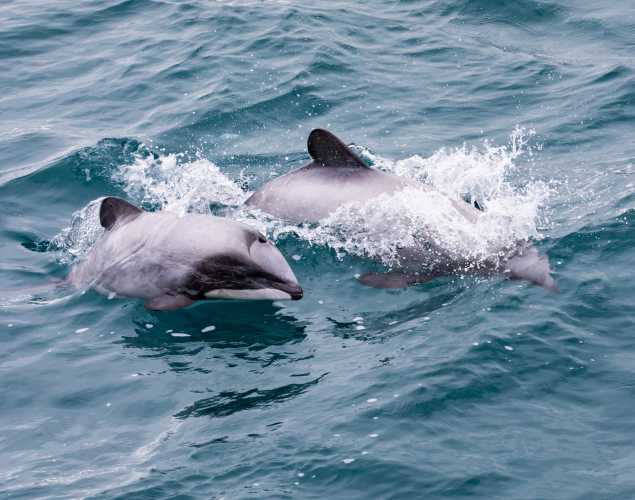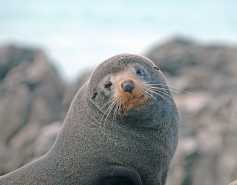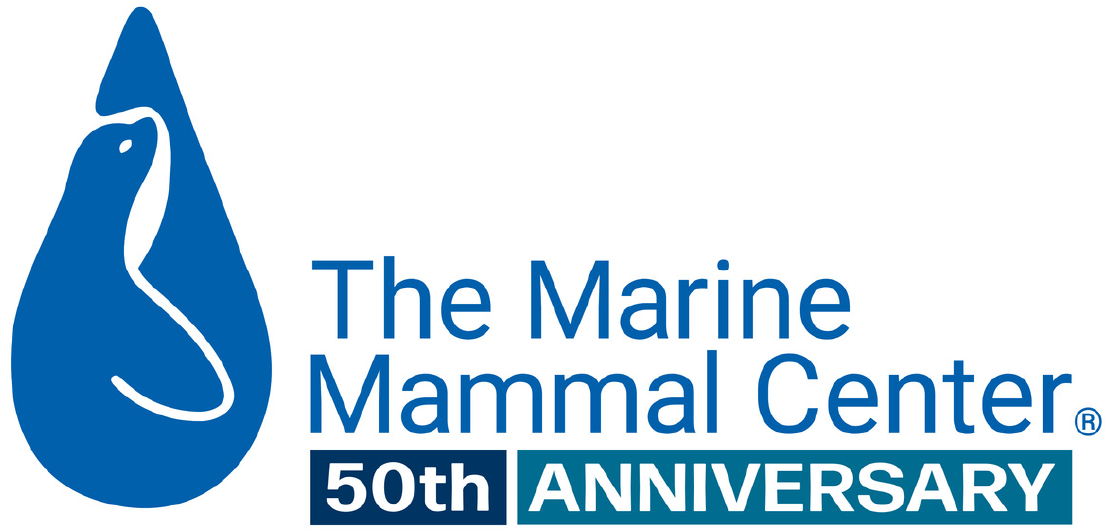
Brucellosis in Endangered Hector’s Dolphins
- Infectious disease
- Species conservation
- Pathology
Abstract
Brucella spp infections of marine mammals are often asymptomatic but have been associated with reproductive losses and deaths. Zoonotic infections originating from marine isolates have also been described. Hector's dolphins (Cephalorhynchus hectori) are an endangered species with a declining population, and the role of infectious disease in population dynamics is not fully understood. In this study, 27 Hector's dolphins found dead around the New Zealand coastline between November 2006 and October 2010 were evaluated for lesions previously associated with cetacean brucellosis. Tissues were examined using histological, immunohistochemical, and molecular (polymerase chain reaction [PCR]) techniques. Seven of 27 dolphins (26%) had at least 1 tissue that was positive on PCR for Brucella spp. Lesions consistent with brucellosis were present in 10 of 27 (37%) dolphins, but in 8 of these dolphins Brucella infection could not be demonstrated in lesional tissues. Two dolphins (7%) were diagnosed with active brucellosis: 1 female with placentitis and metritis, and 1 stillborn male fetus. Brucella identified in these 2 dolphins had genetic similarity (99%) to Brucella pinnipedialis. The omp2a gene amplicon from the uterus of the female had 100% homology with ST27 genotype isolates from a human in New Zealand and a bottlenose dolphin of Pacific origin. The remaining 5 PCR-positive dolphins were assessed as having asymptomatic or latent infection. While most Brucella infections identified in this study appeared to be subclinical, the finding of 2 dolphins with reproductive disease due to Brucella infection suggests that this disease has the potential to affect reproductive success in this species.
Buckle, K., Roe, W.D., Howe, L., Michael, S., Duignan, P.J., Burrows, E., Ha, H.J., Humphrey, S., McDonald, W. L. 2017. Brucellosis in endangered Hector’s dolphins (Cephalorhynchus hectori). Veterinary Pathology. 54(5): 838-845.
species conservation
pathology
Pádraig Duignan
Related Publications
{"image":"\/Animals\/Wild\/Other species\/nz-sea-lion-shutterstock.jpg","alt":"New Zealand sea lion","title":"Causes of Death in Two Populations of New Zealand Sea Lions","link_url":"https:\/\/www.marinemammalcenter.org\/publications\/causes-of-death-in-two-populations-of-new-zealand-sea-lions","label":"Research Paper"}

{"image":"\/Animals\/Patients\/California sea lions\/csl-by-bill-hunnewell-c-the-marine-mammal-center-6.jpg","alt":"California sea lions","title":"Zoonotic Bacteria Persistence and Susceptibility","link_url":"https:\/\/www.marinemammalcenter.org\/publications\/zoonotic-bacteria-persistence-and-susceptibility","label":"Research Paper"}

{"image":"\/Animals\/Patients\/California sea lions\/cropped-images\/csl-photo-by-bill-hunnewell-c-the-marine-mammal-center-1-0-0-2358-1722-1600891644.jpg","alt":"California sea lions","title":"Emerging Viruses in Marine Mammals","link_url":"https:\/\/www.marinemammalcenter.org\/publications\/emerging-viruses-in-marine-mammals","label":"Research Paper"}

{"image":"\/Animals\/Patients\/California sea lions\/csl-photo-by-bill-hunnewell-c-the-marine-mammal-center-12.jpg","alt":"two California sea lions","title":"Multi-Phase Muscle Breakdown in California Sea Lions","link_url":"https:\/\/www.marinemammalcenter.org\/publications\/multi-phase-muscle-breakdown-in-california-sea-lions","label":"Research Paper"}

Recent News
{"image":"\/Animals\/Patients\/Hawaiian monk seals\/2025\/cropped-images\/d-ru28release-exam-at-ke-kai-ola111025photo-by-giancarlo-rulli-c-the-marine-mammal-center-noaa-permit-24359-0-0-1270-992-1764620886.jpg","alt":"","title":"Bird Flu Vaccine Trial Offers Hope for Protecting Hawaiian Monk Seals","link_url":"https:\/\/www.marinemammalcenter.org\/news\/bird-flu-vaccine-trial-may-offer-hope-for-protecting-hawaiian-monk-seals","label":"News Update","date":"2025-12-01 08:13:00"}

Bird Flu Vaccine Trial Offers Hope for Protecting Hawaiian Monk Seals
December 1, 2025
Read More{"image":"\/Animals\/Patients\/Hawaiian monk seals\/2021\/hms-pp08-by-sheila-latta-c-the-marine-mammal-center-noaa-permit-18786.jpg","alt":"Hawaiian monk seal","title":"The New York Times: Inside the Bird-Flu Vaccine Trial for Monk Seals","link_url":"https:\/\/www.marinemammalcenter.org\/news\/the-new-york-times-inside-the-bird-flu-vaccine-trial-for-monk-seals","label":"In the News","date":"2025-12-01 01:00:00"}

The New York Times: Inside the Bird-Flu Vaccine Trial for Monk Seals
December 1, 2025
Read More{"image":"\/Animals\/Wild\/Sea otter\/so-wild-morro-bayphoto-c-brian-simuro-20.jpeg","alt":"Sea otter and pup","title":"Watch a Sea Otter Pup Reunite With Its Mother","link_url":"https:\/\/www.marinemammalcenter.org\/news\/watch-sea-otter-pup-reunite-with-its-mother","label":"News Update","date":"2025-11-14 10:35:41"}

{"image":"\/Animals\/Wild\/Sea otter\/sea-otter-photo-c-brian-simuro.jpeg","alt":"Sea otter","title":"AP News: Baby sea otter is reunited with mother in central California after dramatic rescue","link_url":"https:\/\/www.marinemammalcenter.org\/news\/ap-news-baby-sea-otter-is-reunited-with-mother-in-central-california-after-dramatic-rescue","label":"In the News","date":"2025-11-14 09:46:34"}

AP News: Baby sea otter is reunited with mother in central California after dramatic rescue
November 14, 2025
Read More
